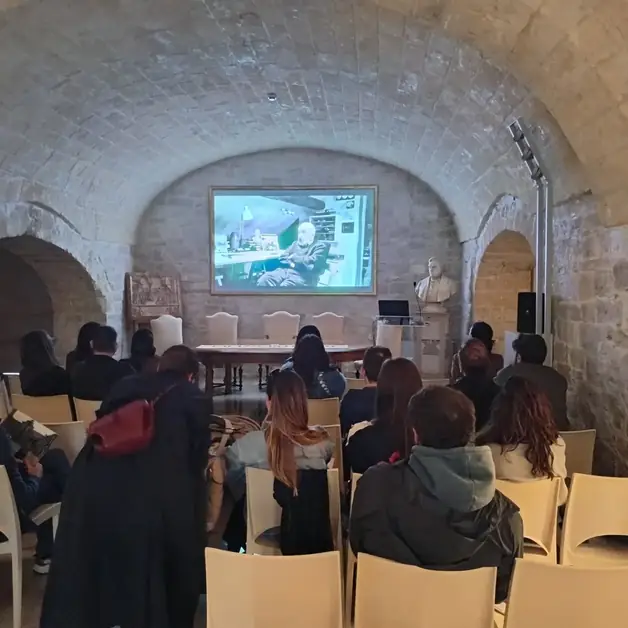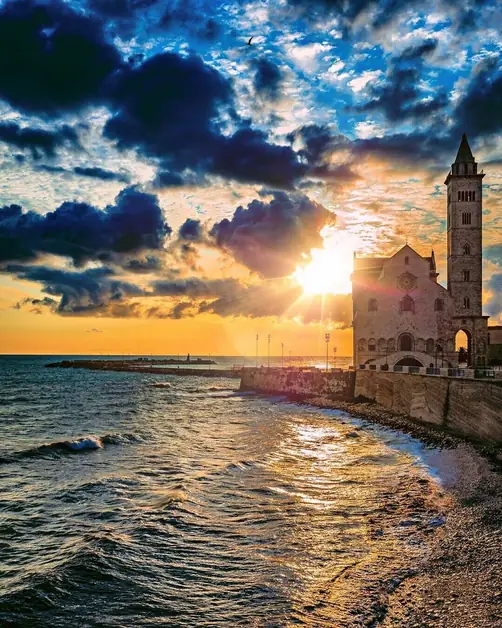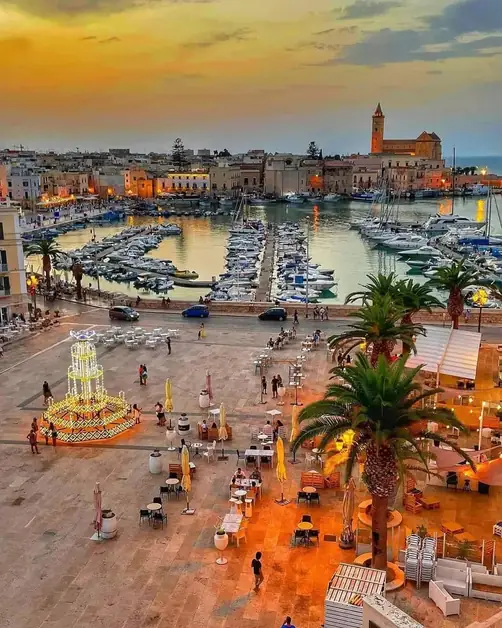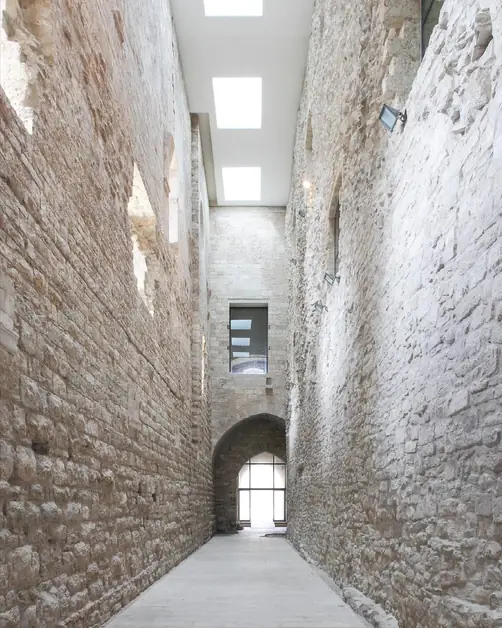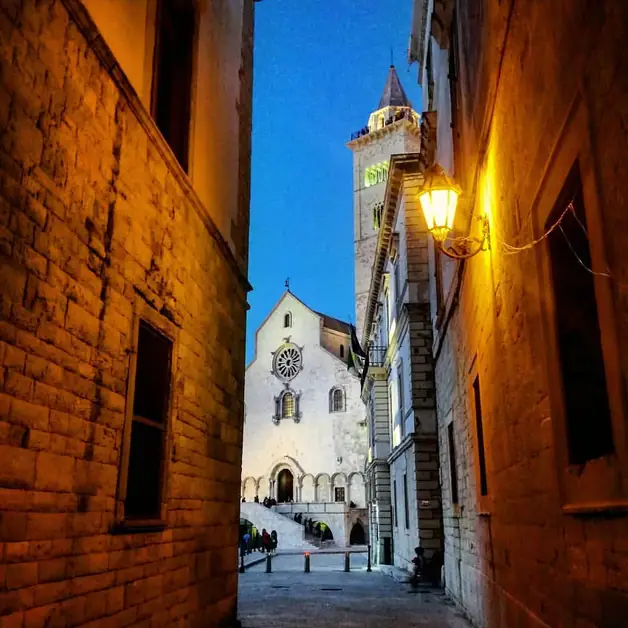Explore the magical Ariscianne-Boccadoro wetland
Discover the beauty of the Ariscianne-Boccadoro wetland for an unforgettable trekking experience.
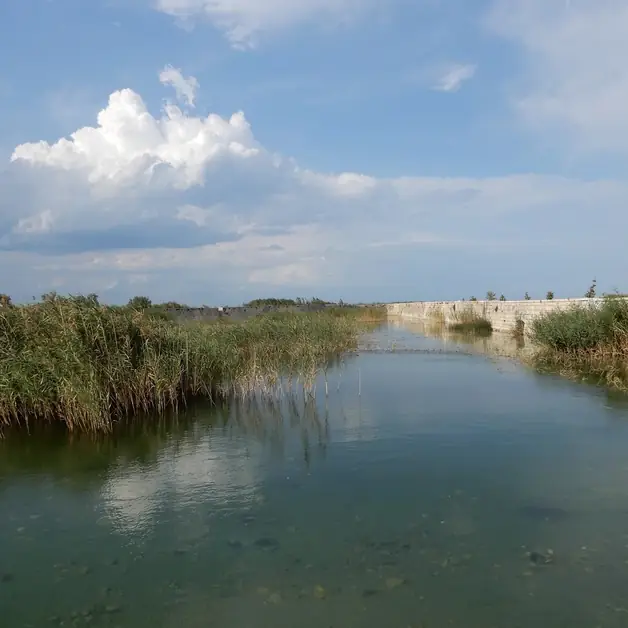
Where is the Ariscianne-Boccadoro wetland located?
The wetland extends along the coastline connecting Barletta and Trani in Puglia. It is situated halfway along the coastal stretch of the Via Francigena, a route that has become a reference point for those who love trekking and slow travel in recent years.
It runs alongside the Adriatic Sea and is located between two watercourses: the Ciappetta-Cammaggio and Ariscianne torrents.
What is the history of the Boccadoro basin?
The trail begins at the historic 19th-century Boccadoro basin. This reservoir was built to collect spring waters with the aim of serving as a drinking water reserve for the city of Trani. The project was never fully completed, but today the basin and the surrounding area have become a green oasis that welcomes plants, reeds, and wildlife.
Why visit the Ariscianne-Boccadoro wetland during a trek?
Trekking at sunset in this area means immersing oneself in a suggestive natural environment, away from traffic and city noise. The path offers glimpses of the Adriatic Sea and the rural landscape, with the contrast between the reeds and the blue of the sea accompanying the entire itinerary.
What bird species can be observed?
The Ariscianne-Boccadoro wetland is a crucial stopover for migratory birds and an ideal habitat for various resident species. Among the reeds, one can observe herons, wild ducks, and numerous aquatic birds that find in this area a safe place to feed and rest. Birdwatching enthusiasts will find here an ideal corner for nature photography.
What type of natural environment characterizes the area?
The landscape is dominated by extensive reeds swaying in the wind. Here, fresh water from the springs meets the salty water of the sea, creating a particular ecosystem rich in biodiversity. This mix generates a very fertile wet environment that hosts not only birds but also small plant and animal species typical of marshy areas.
Is it a suitable path for those who love easy trekking?
The trail that crosses the wetland does not present significant technical difficulties. It is a flat itinerary, perfect for those who want a relaxing trek accessible even to those with little experience. The atmosphere of the sunset, combined with the sea breeze, makes the walk even more enjoyable.
How is the wetland connected to the Via Francigena?
The Barletta-Trani coastal road is part of the Via Francigena del Sud route. This ancient itinerary was followed by pilgrims who, from Northern Europe, reached the Apulian ports to embark towards the Holy Land. Today, the stage is traversed by modern walkers who choose the slowness of the journey on foot to discover authentic places that are little frequented by mass tourism.
What tourist attractions are nearby?
After trekking in the wetland, it is possible to continue the visit by exploring Trani with its famous Cathedral by the sea and the Swabian castle. Towards Barletta, one can admire the imposing Colossus of Heraclius and the Norman-Swabian castle. Both cities offer a rich gastronomic tradition, ideal for those who wish to combine nature and culture in a single travel experience.
How to reach the Ariscianne-Boccadoro wetland?
The wetland is located along the coastal road connecting Barletta to Trani, easily reachable by car or public transport. Those arriving by car from Bari or Foggia can take the SS16 Adriatica and exit towards Trani, then follow the signs for the coastal road towards Barletta. Along the route, there are several pedestrian access points that lead directly into the wetland. Those traveling by train can get off at either Trani or Barletta station. From both stations, it is possible to continue with local buses, taxis, or even on foot for the more athletic. The walk from Trani station to the Boccadoro basin takes about 40 minutes. For those who prefer cycling, the coastal road offers flat stretches ideal for a cycling itinerary that allows one to combine nature, sea, and local history.
